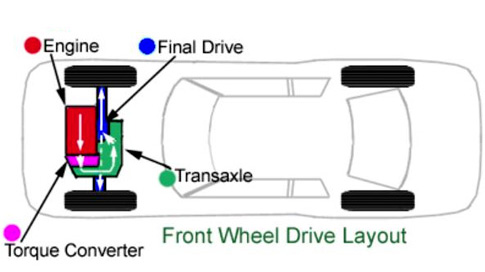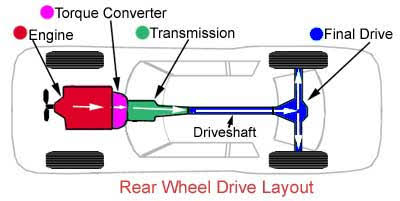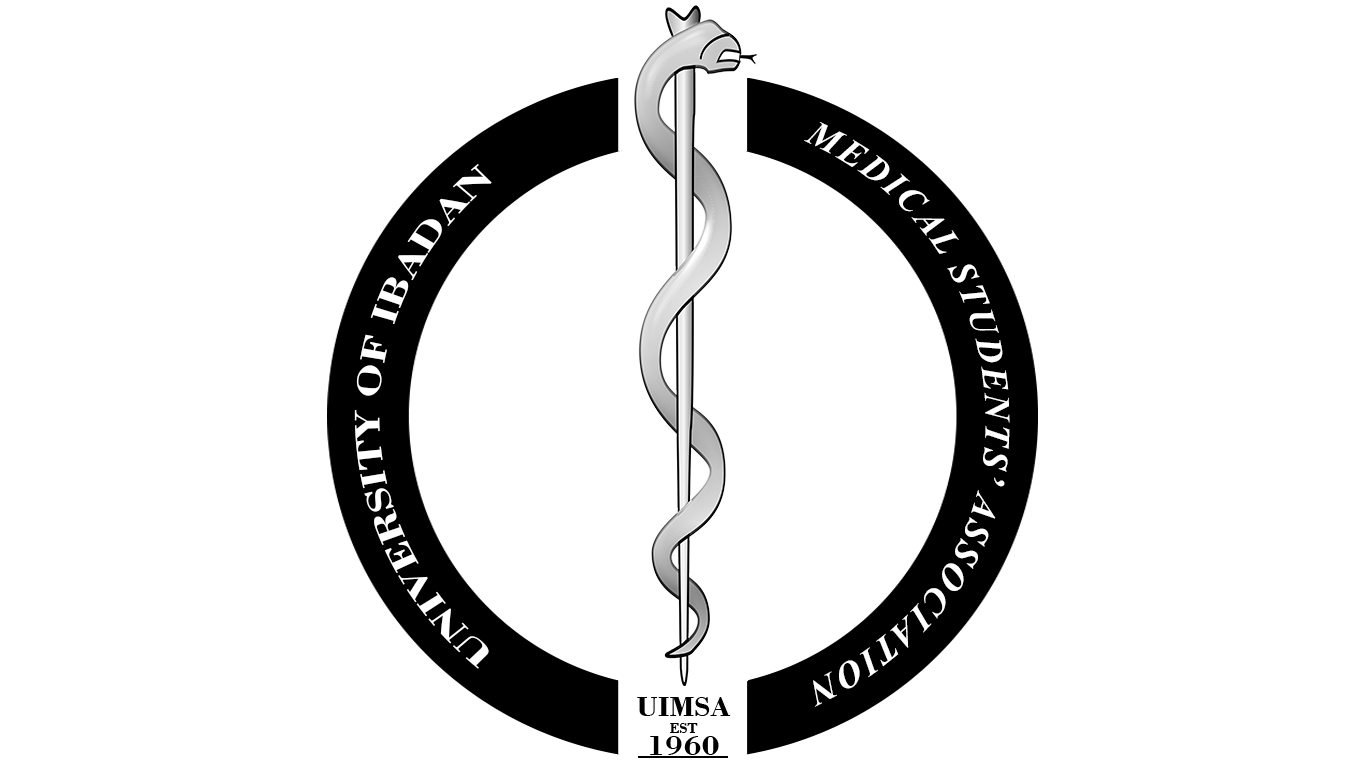Have you ever seen these acronyms; AWD, 4WD, 4X4, FWD… on a car before? Do you even know what they mean? Do you know that they say a lot about how your car drives?
Well, guess what… We are going to tell you!
Let’s Get-On-Track with Drive Wheels
What Are Drive Wheels?
A drive wheel is the wheel of a motor vehicle that transmits forces, transforming torque into traction force, causing the vehicle to move. In simpler words, drive wheels are the wheels that the engine turns, which as a result, causes the engine to move.
Front Wheel Drive(FWD)
Front-wheel drive (FWD) is the form of engine and transmission layout used in cars, where the engine drives the front wheels only. Most modern front-wheel-drive vehicles feature a transverse engine, rather than the conventional longitudinal engine arrangement generally found in rear-wheel-drive and four-wheel drive vehicles.
Most FWD layouts have their engines in the front of the car. Sometimes however, the engines are placed on the rear of the car, but only a very few cars use that layout.

.
Front-engine transversely mounted engine front-wheel-drive (FWD) layout places both the internal combustion engine and driven roadwheels at the front of the vehicle.
FWD Pros
- Good traction during mild acceleration on slippery surfaces. The front wheels pull the car instead of the rear wheels pushing it.
- Light weight helps fuel-efficiency .
- Interior room enhanced by lack of longitudinal driveshaft.
- Less expensive to manufacture.
Cons
- FWDs are relatively fragile.
- FWDs posses constant velocity joints, popularly known as shafts, which transmit power from the engine to the wheels. These are prone to constant repair, unlike the RWDs that mostly possess a solid axle.
- FWDs are heavy in the front of the car which is not the best, especially for high speed, and carrying too much load because the front wheels have to do two things at once; they power the car and steer it in the direction to go and this may lead to “Torque steering.”
- Torque steering is a negative side-effect of FWD caused by the delivery of power to the wheels that steer the car resulting in over steering or under steering, which can lead to loss of control.
Rear Wheel Drive(RWD)
These are cars in which power is transmitted from the transmission/engine to the rear wheels by means of a long drive shaft to a differential.

Pros
- Better acceleration.
- Better braking: Superior weight distribution of RWD (the engine in the front and the differential at the back) helps to improve the stopping ability of the cars. With the rear wheels carrying a greater percentage of the cars weight than a front-wheel drive car, they can apply more braking force to the road and help shorten stopping distances.
- Responsive cornering: Near equal weight distribution helps give front and rear wheels more balanced traction. This balance gives neutral handling characteristics that make cornering maneuvers easier (you will literally feel yourself having more control of your car in curves turns and navigating through traffic).
- No Torque Steering: RWD does not exhibit torque effect because the engine is isolated from the steering gear.
- Longer Wheelbase: RWD allows a longer wheelbase and a more forward positioning of the front wheels. The longer wheelbase provides better handling while the forward position of the wheels reduces the possibility of the front spoiler scraping on dips.
- No Constant Velocity (CV) Joints: FWD cars have four CV (constant velocity) joints connecting the engine to the front wheels. In comparison, RWD cars use universal joints which wear out much slower than CV joints.
- Rear wheel drive cars are generally good for towing purposes.
Cons
- Rear wheel drive cars are known to lose traction in mud, snow or wet conditions, making them skid.
- They consume more fuel.
All Wheel Drive (AWD)
The AWD combines the advantages of both the FWD and the RWD but not without inheriting some disadvantages.
Pros
- Traction enhanced on all road surfaces under all weather conditions.
- Faster acceleration “off the line” due to all wheels driving.
- Better road grip during cornering in adverse weather or slippery road conditions.
Cons
- Weight: AWDs are significantly heavier than their FWD or RWD identical counterpart and this greatly affects the cars acceleration.
- Cost: The AWD when available as an option for a car is usually more costly because it has more components. And when it comes to fuel you’ll pay more because there’s a need for more fuel to drive the four moving tyres, and more parts to be serviced when the time comes You will be paying more upfront, at the pump, and down the road! Overall it’s a nice thing to not be slippery when it rains or snows and to be able to tear into and out of corners when the time arises.
Four Wheel Drive (4WD)
Four wheel drive fondly called 4×4 are car drive trains where power can be sent to all the four wheels when needed, but in normal driving conditions, you have two driving wheels, mostly the rear wheels. They can also be referred to as optional All wheel drive.
Pros
- 4WD Improves traction in bad driving conditions and very much suitable for off-road conditions.
Cons
- It is expensive at purchase and costly to maintain in servicing and consumption of fuel.
- Increased weight increases traction but negatively impacts braking distance making it hard to avoid collision.
Recommendations
For long drives with little traffic you may want to drive an FWD drive and get good fuel consumption for that choice. Meanwhile, if you are not bothered by the extra fuel consumed and you want better handling you may like to own a Rear wheel drive.
Your AWD is a great blend of Off-road capability and urban cruise, however understand the inherent disadvantages before opting for one.
As a regular off roader or if you live in the country side, you might want to drive the 4WD that consumes fuel around town. You’ll be glad as you will glide easily across rough and difficult terrains.
Your drive wheel greatly impacts your style of driving, know it and know your self ( don’t show off more than the capacity of your car or yourself).
You can also decide to learn more about cars at www.iknowmotors.com. Thank you.

